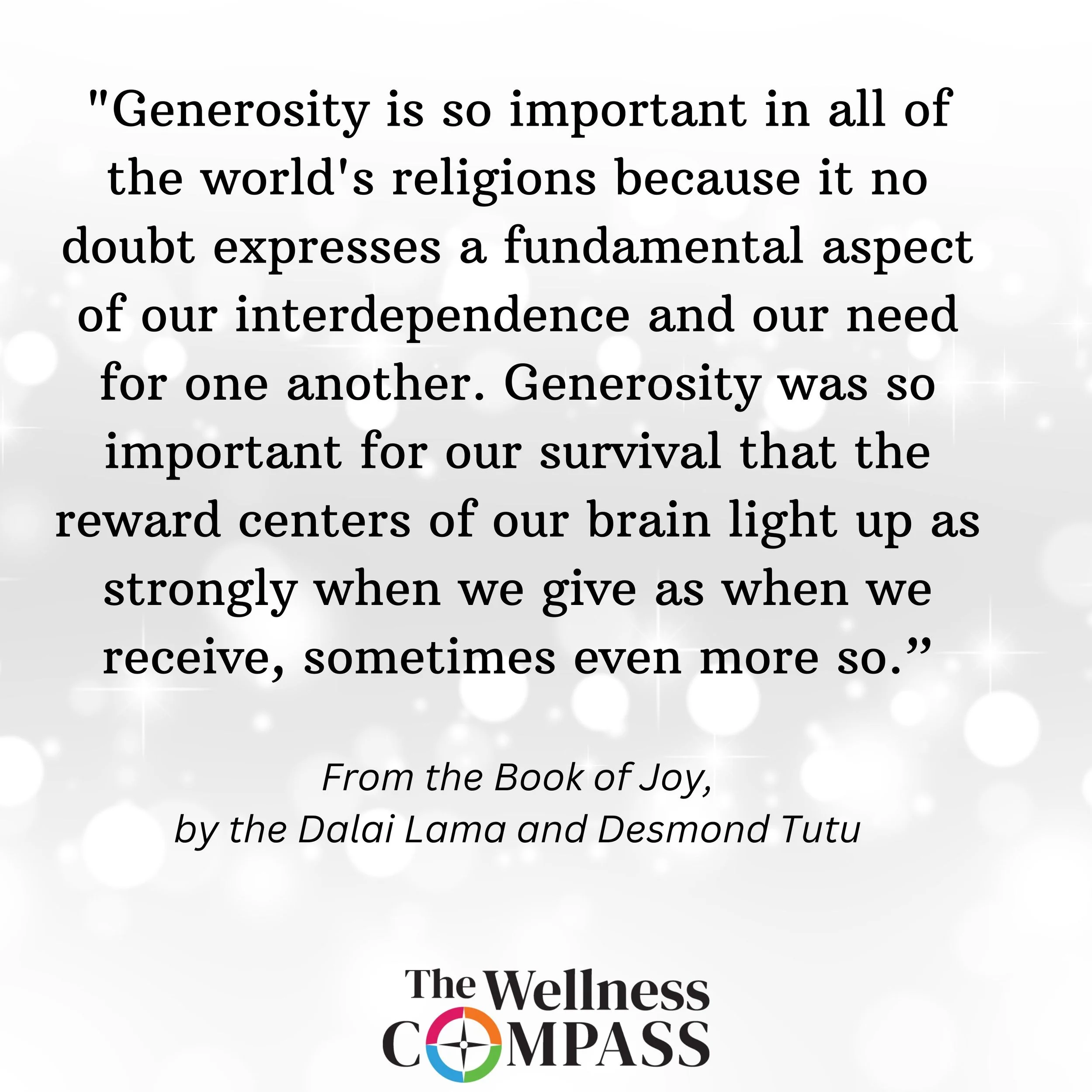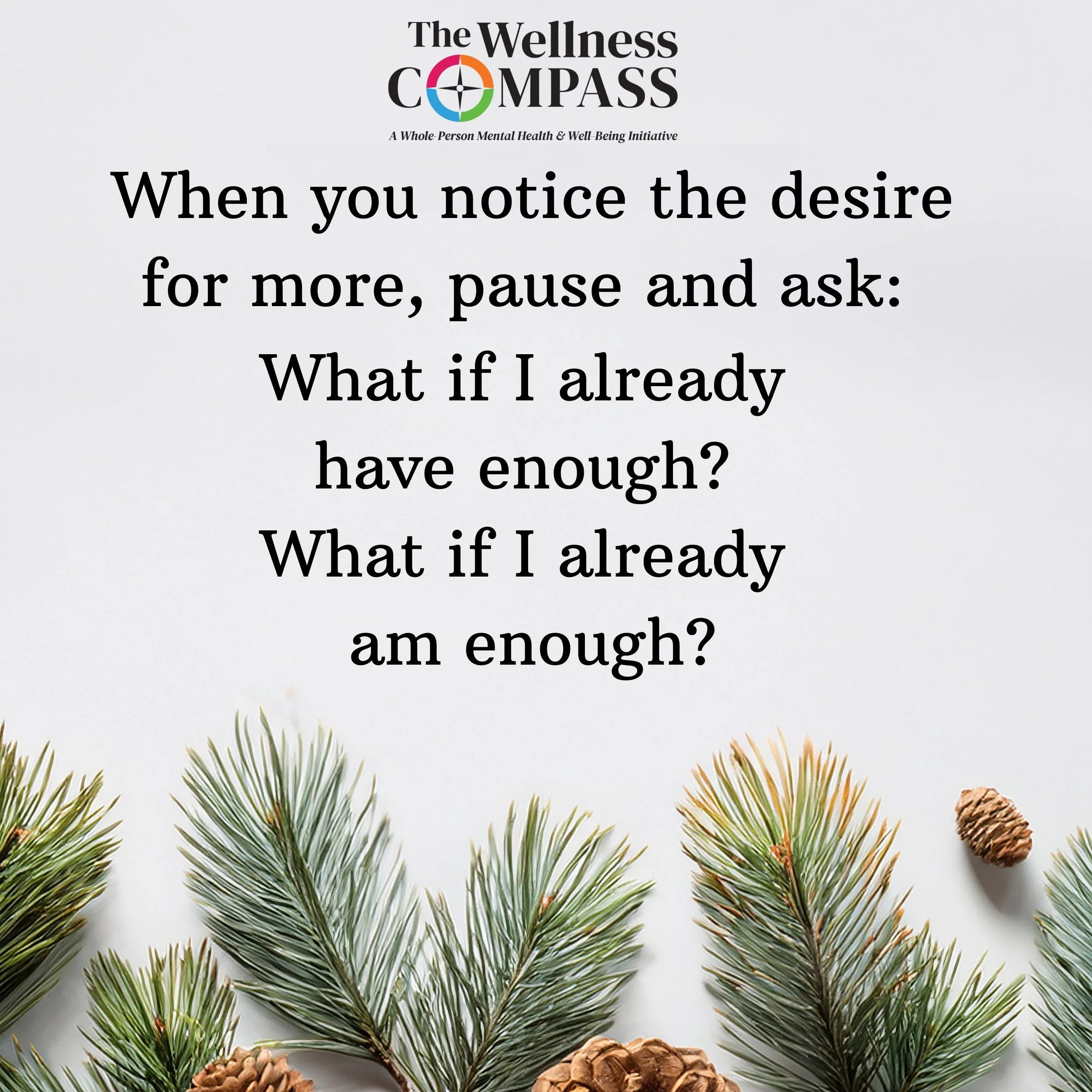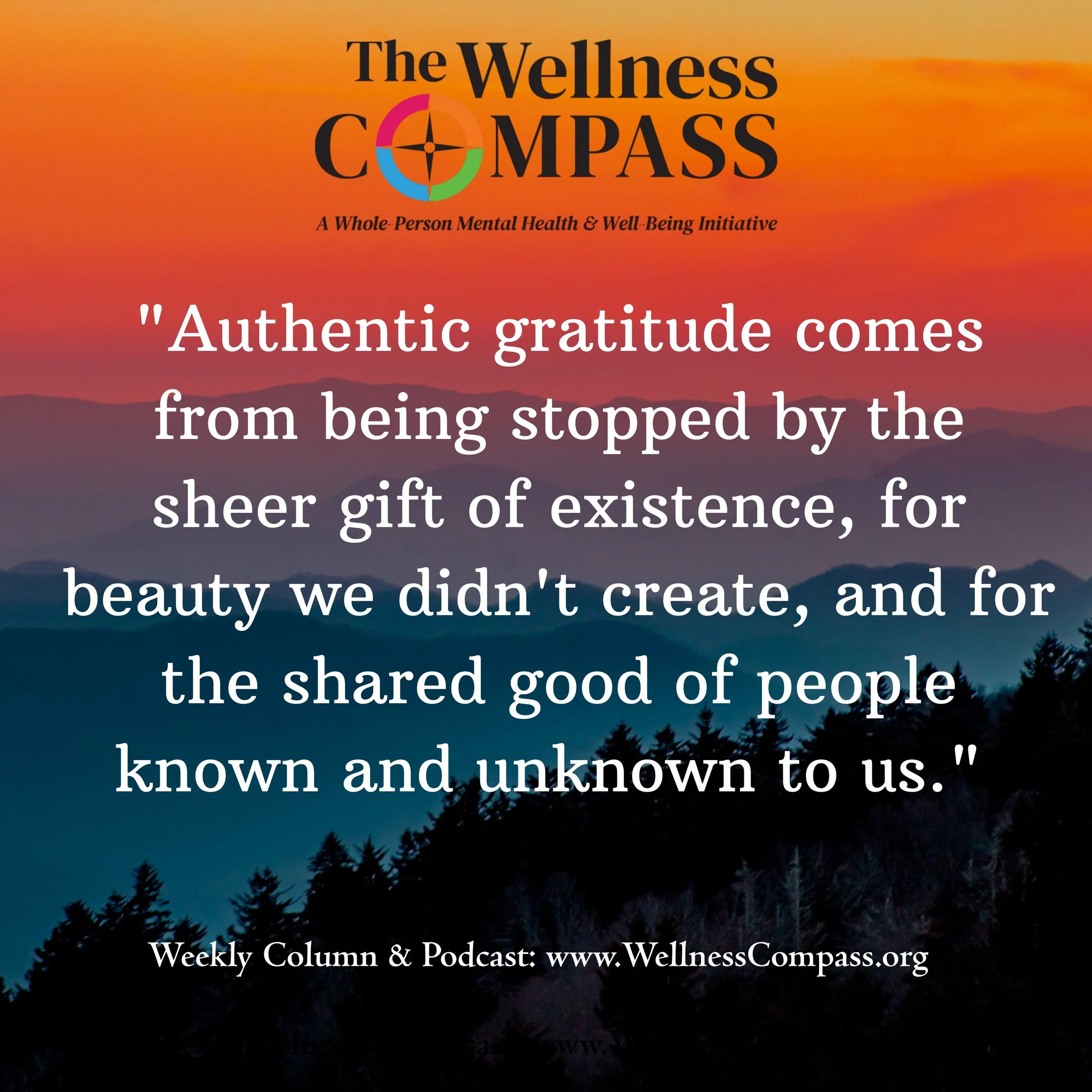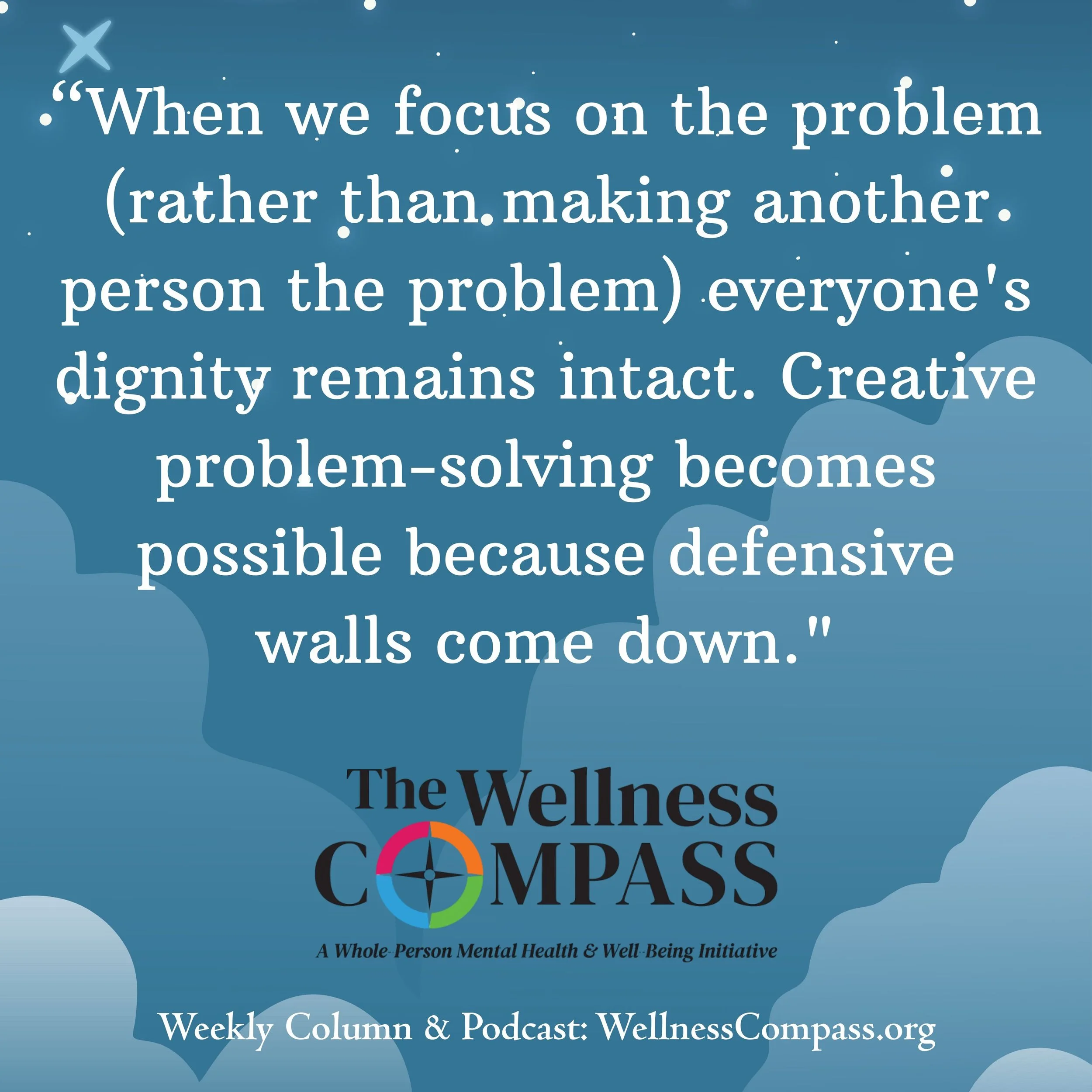The Spirit (and Neuroscience) of Generosity
The holidays are a time for gift giving and generosity. Nonprofits receive more donations of both money and volunteer hours this time of year than at any other time. With that in mind, we offer a few thoughts on practicing generosity—not just during the holidays, but all year long.
Our Brains Are Wired for Generosity
The Dalai Lama and Archbishop Desmond Tutu, in their book entitled The Book of Joy, remind us that generosity is fundamental by saying the following, "Generosity is so important in all of the world's religions because it no doubt expresses a fundamental aspect of our interdependence and our need for one another. Generosity was so important for our survival that the reward centers of our brain light up as strongly when we give as when we receive, sometimes even more so.” Modern neuroscience confirms this ancient wisdom. We are literally hardwired for generosity.Our Gifts Can Go Beyond the Material
While material gifts can be meaningful, many of the most significant forms of generosity often cost nothing. The gift of presence—truly listening to someone who needs to be heard—activate our neural reward pathways. So does offering forgiveness, sharing a burden, or bearing witness to another's joy or pain. These exchanges of care create the web of interdependence that sustains us.
Hospitality Can Be a Gift
A friend recently shared a formative memory. Every Christmas, her parents invited people they knew who were alone to join them for dinner—someone from work, a neighbor, someone from church. She said those experiences taught her more about the meaning of the holidays than any material gift she ever received.
Generosity Transforms Hearts
How the Grinch Stole Christmas and A Christmas Carol are beloved because both the Grinch and Scrooge are transformed by embracing joy and generosity. Hearts that were two sizes too small become enlarged.
This holiday season, let’s commit to practicing generosity in all its forms as we give warmth freely, receive graciously, and notice how both nourish our connections with others.
Making It Personal:
1. Think of a time when someone offered you the gift of their presence—truly listening or simply staying with you through something difficult. What made that moment meaningful? How did it feel?
2. Like the Grinch or Scrooge, where in your life right now might you be resisting generosity (think time, attention, forgiveness, or resources)? What would it feel like if you worked so that part of your heart grew larger?
3. If you were to create your own ritual of generosity—whether during holidays or throughout the year—what would it look like? Who might you include, and what would you want others to feel from witnessing this practice?
If you want to hear more about our thoughts on this topic, listen to this week’s 10-12 minute episode of the Wellness Compass Podcast, which you can find by clicking on “Podcast” at the top of this page. In this week’s episode you will learn about a unique new way you can interact with the Wellness Compass Podcast that includes recording an audio message that might appear on a future episode.
Speaking of podcasts, Scott has his own podcast, which is just him speaking about a topic that he is passionate about: the integration of spirituality and wellness. The Living Compass Podcast can be found HERE or in your favorite podcast app.
